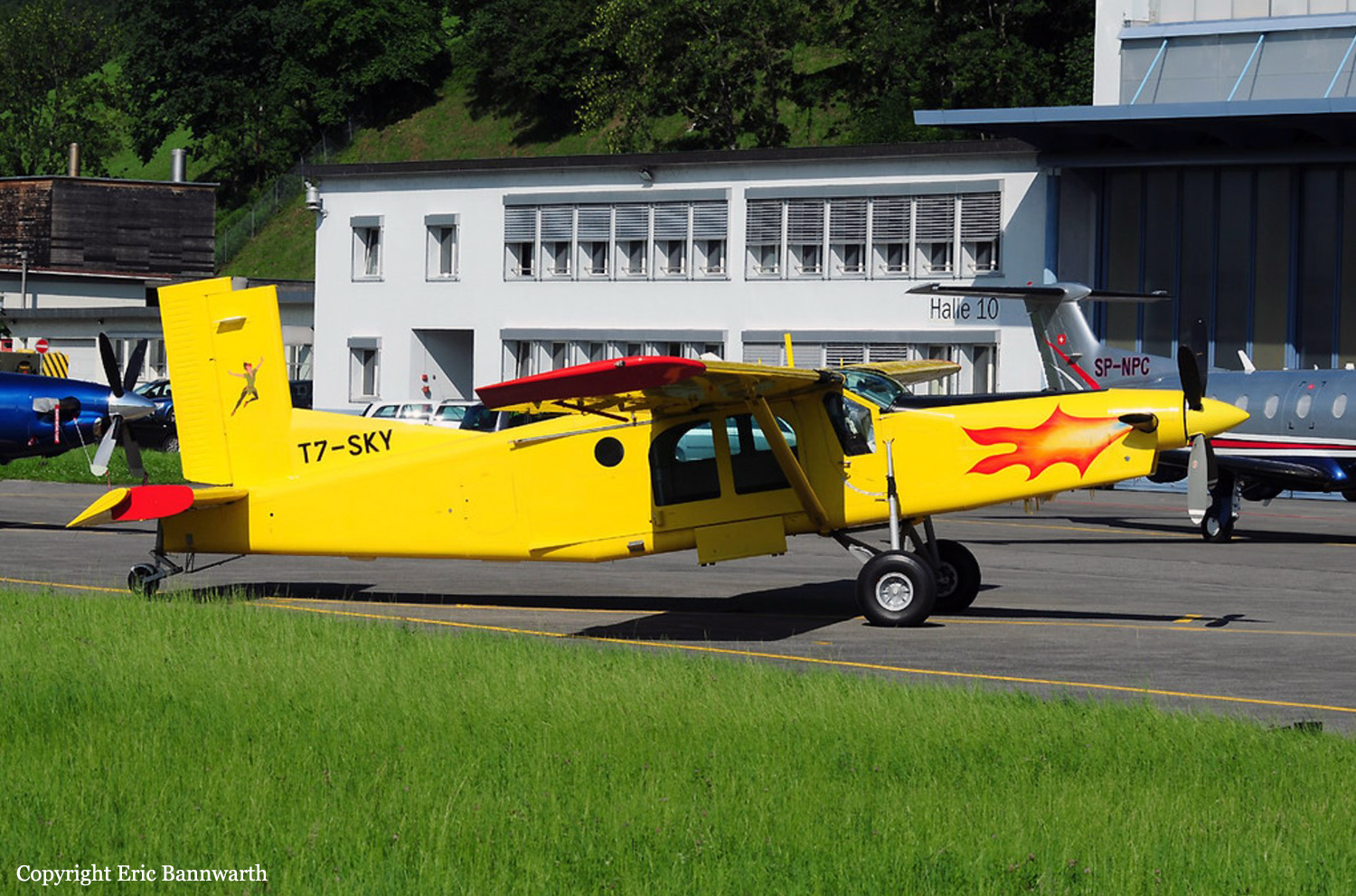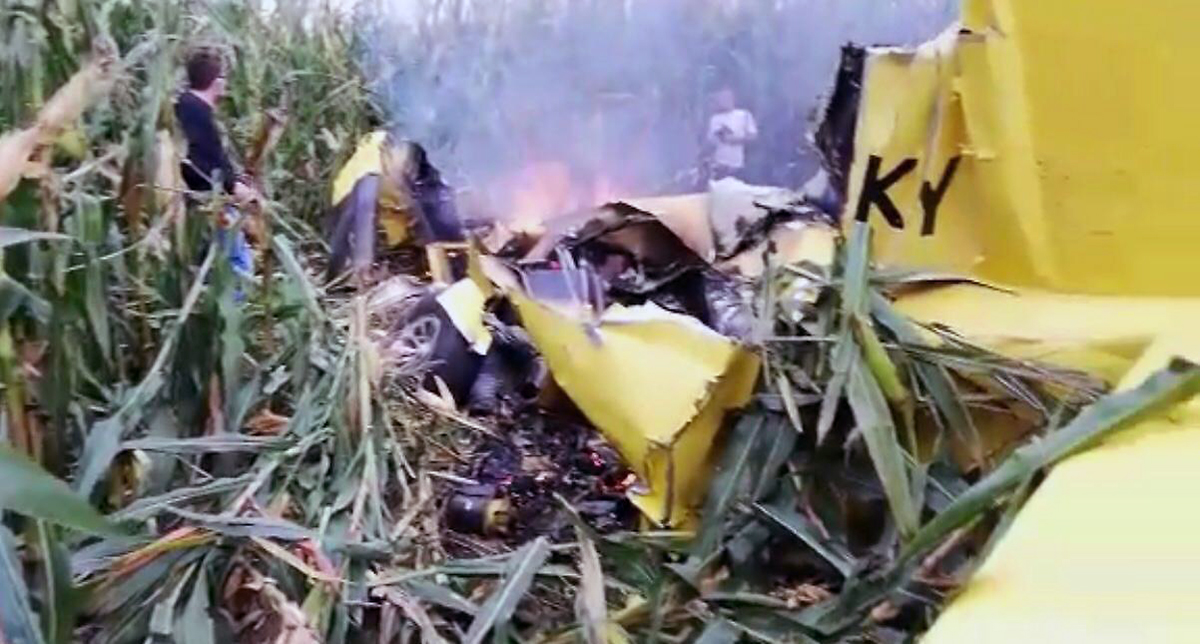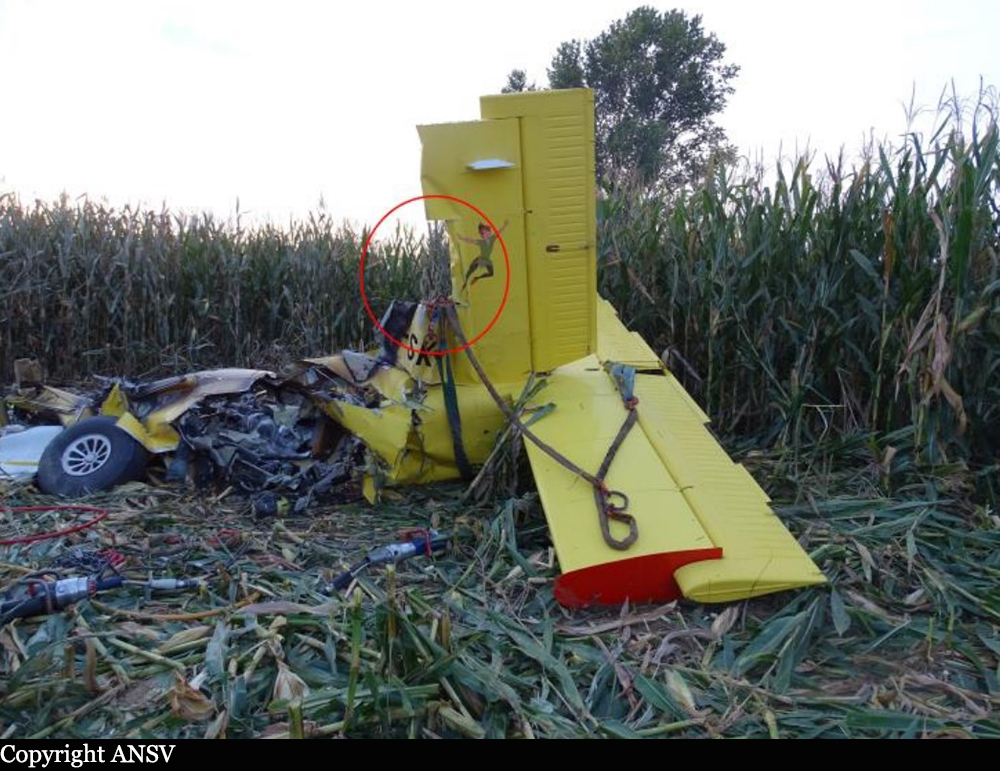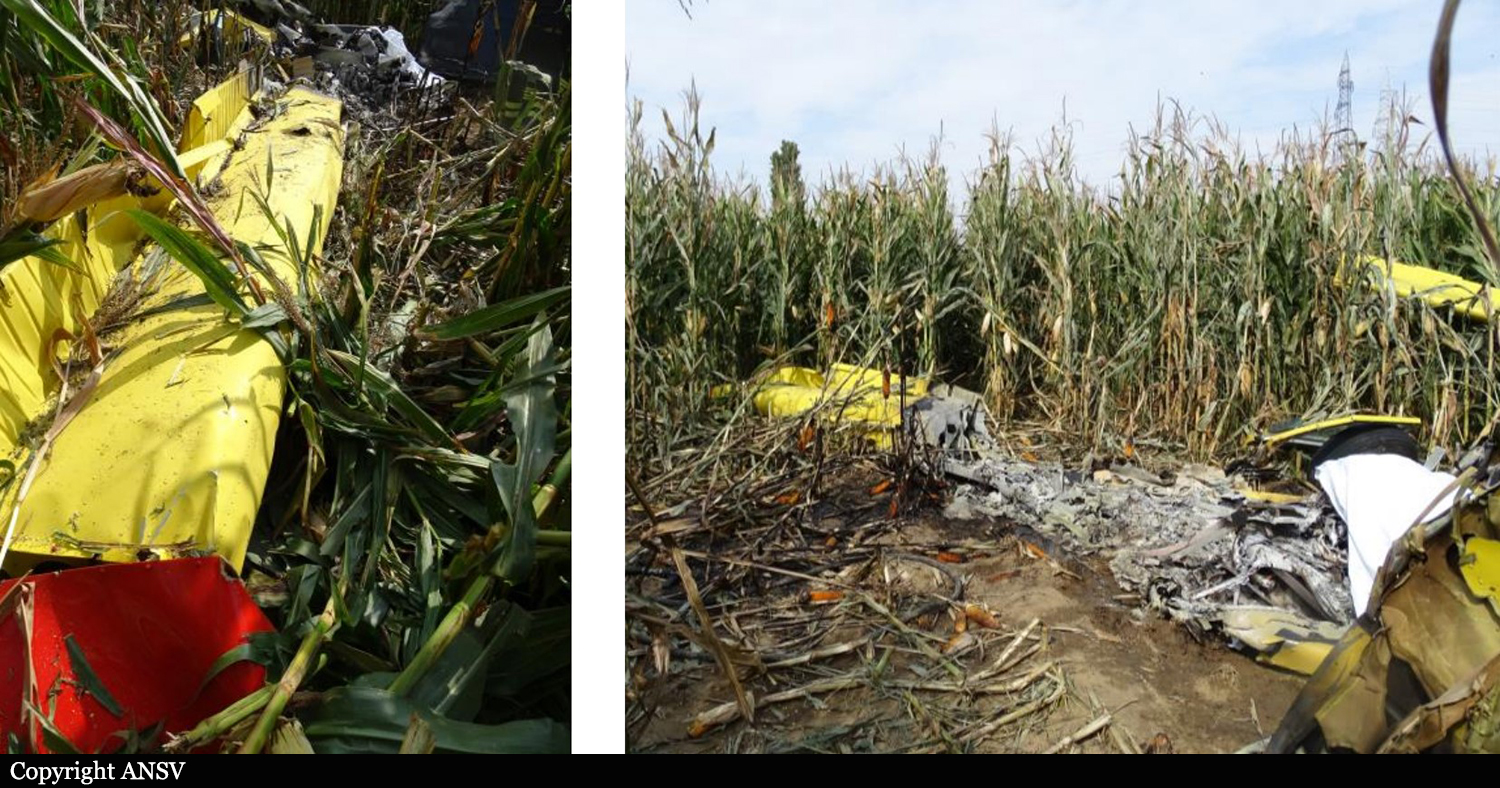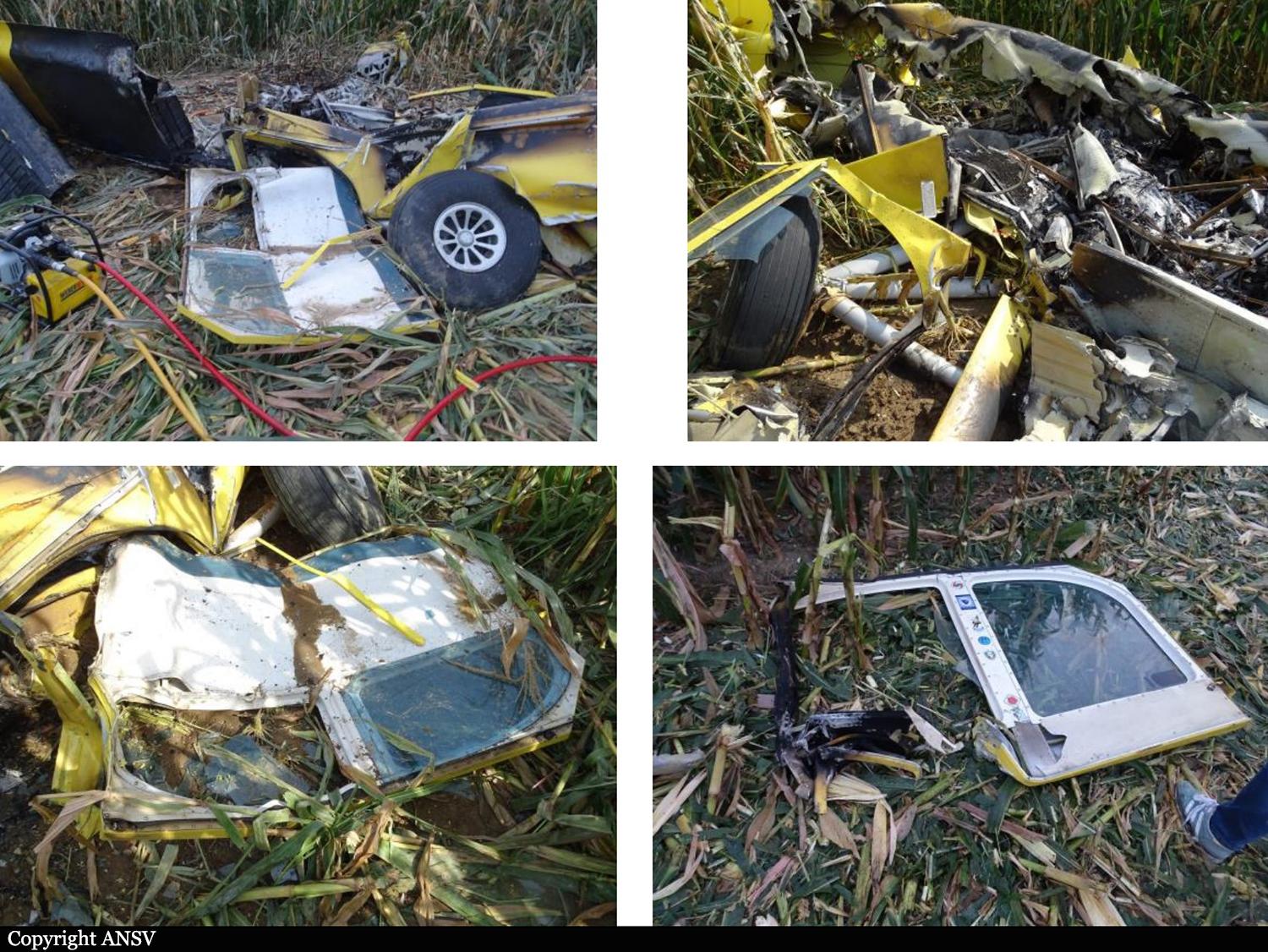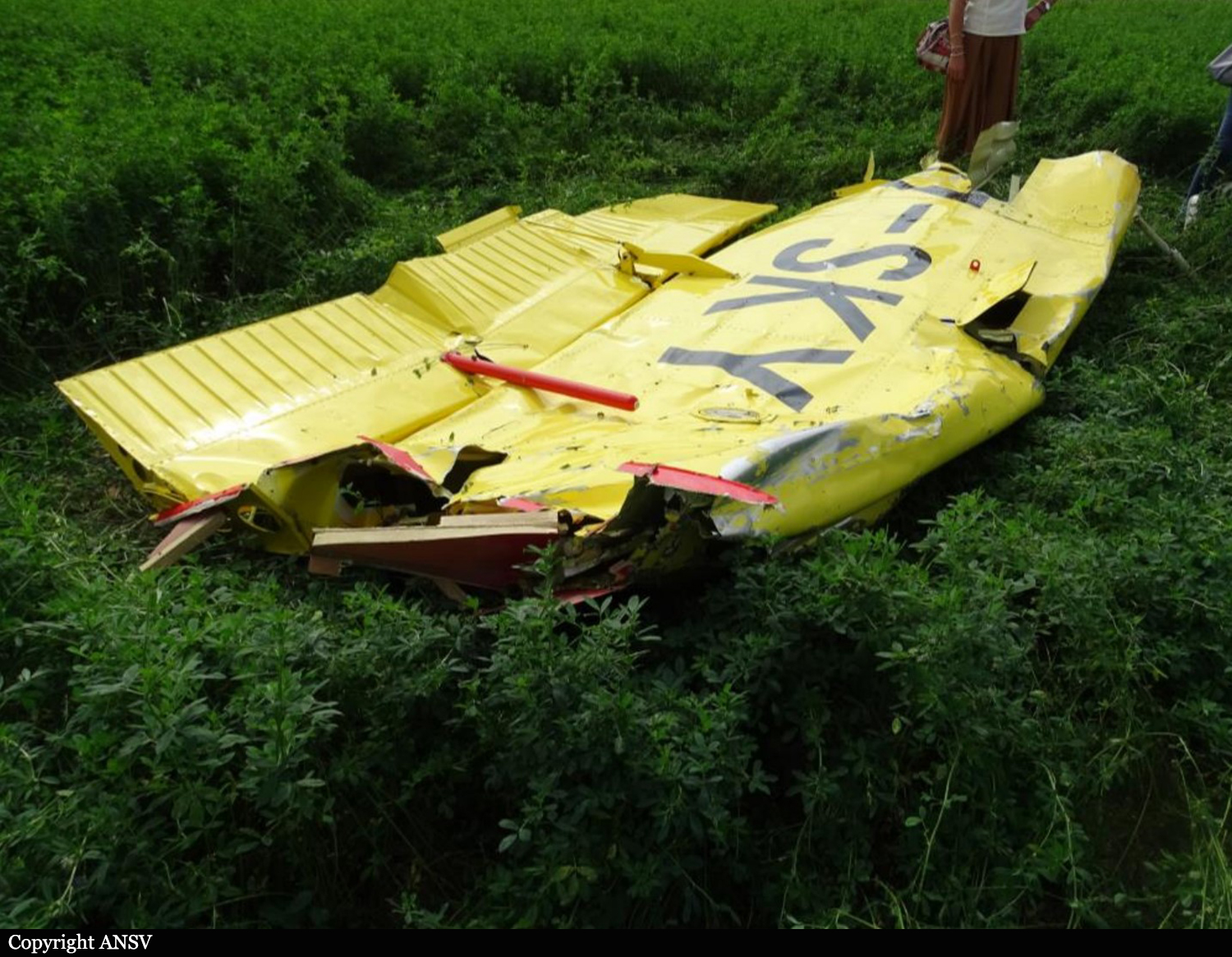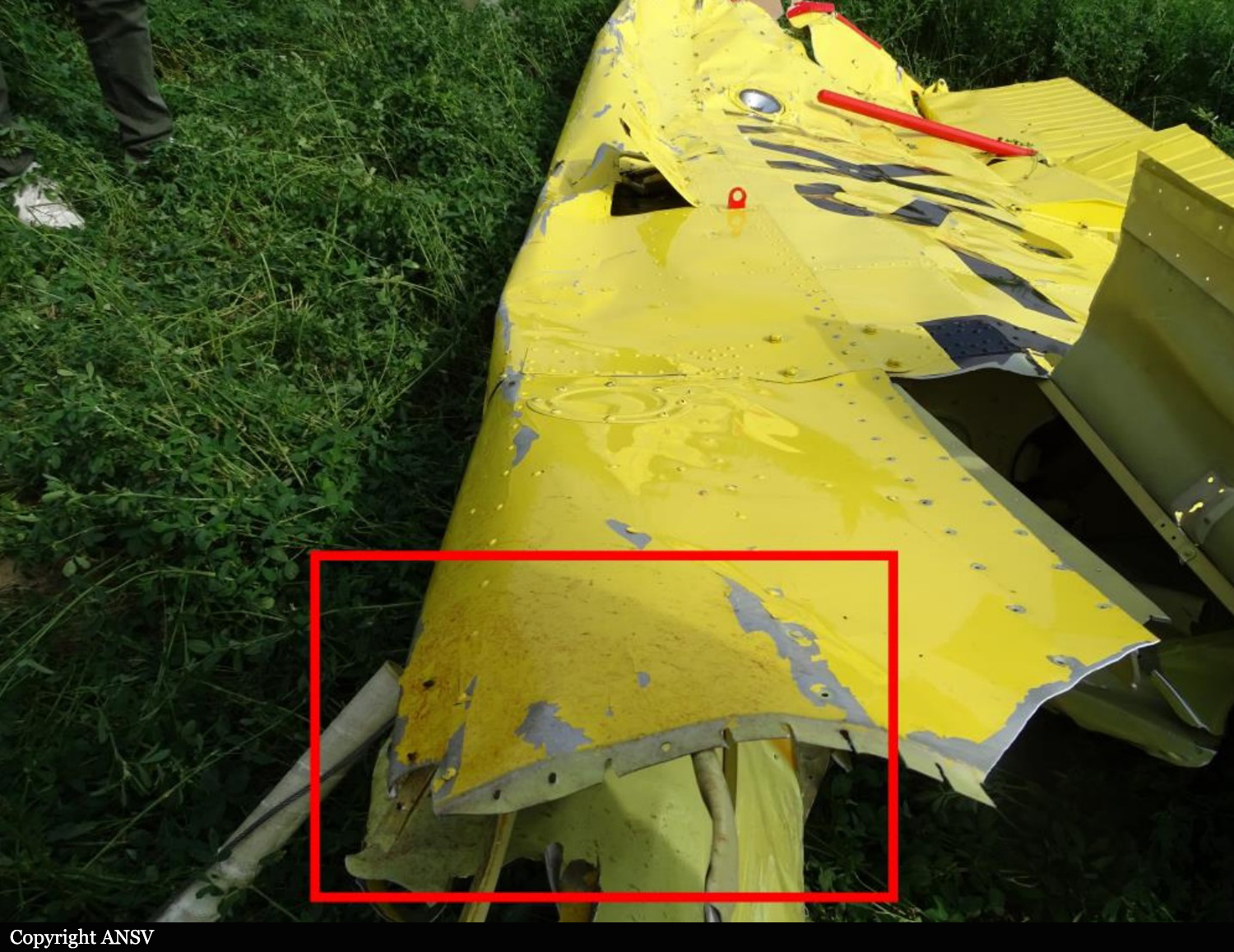Region
Crash of a Canadair CL-415 near Linguaglossa: 2 killed
Date & Time:
Oct 27, 2022
Registration:
I-DPCN
Survivors:
No
Schedule:
Lamezia Terme - Lamezia Terme
MSN:
2070
YOM:
2008
Crew on board:
2
Crew fatalities:
Pax on board:
0
Pax fatalities:
Other fatalities:
Total fatalities:
2
Circumstances:
The crew departed Lamezia Terme Airport on a fire fighting mission at the foot of the Etna Volcano, north of Catania. Approaching the area on fire, the crew initiated a right hand turn and while descending to rising terrain, the right wing tip impacted the ground, causing the aircraft to crash, bursting into flames. Both pilots were killed.

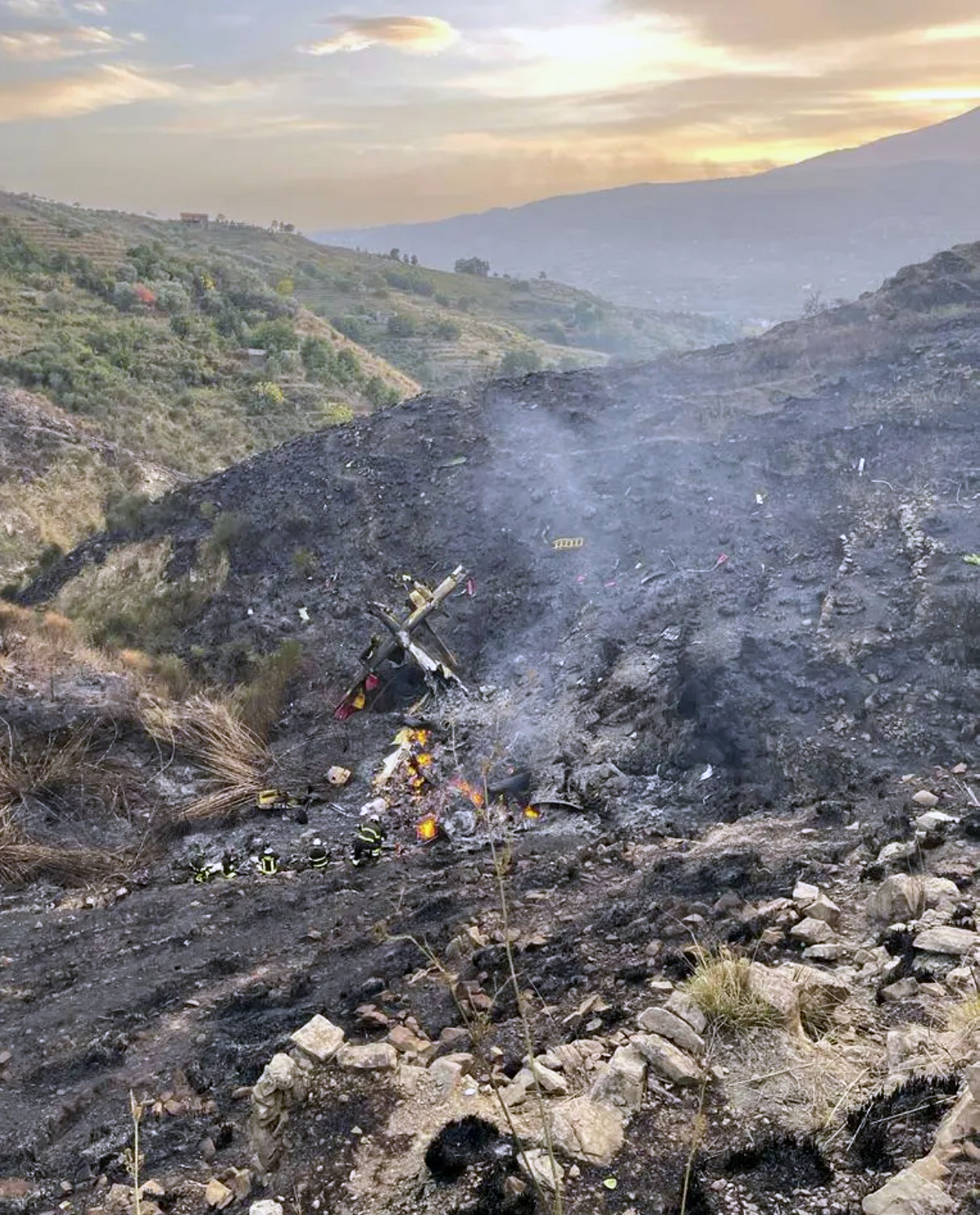
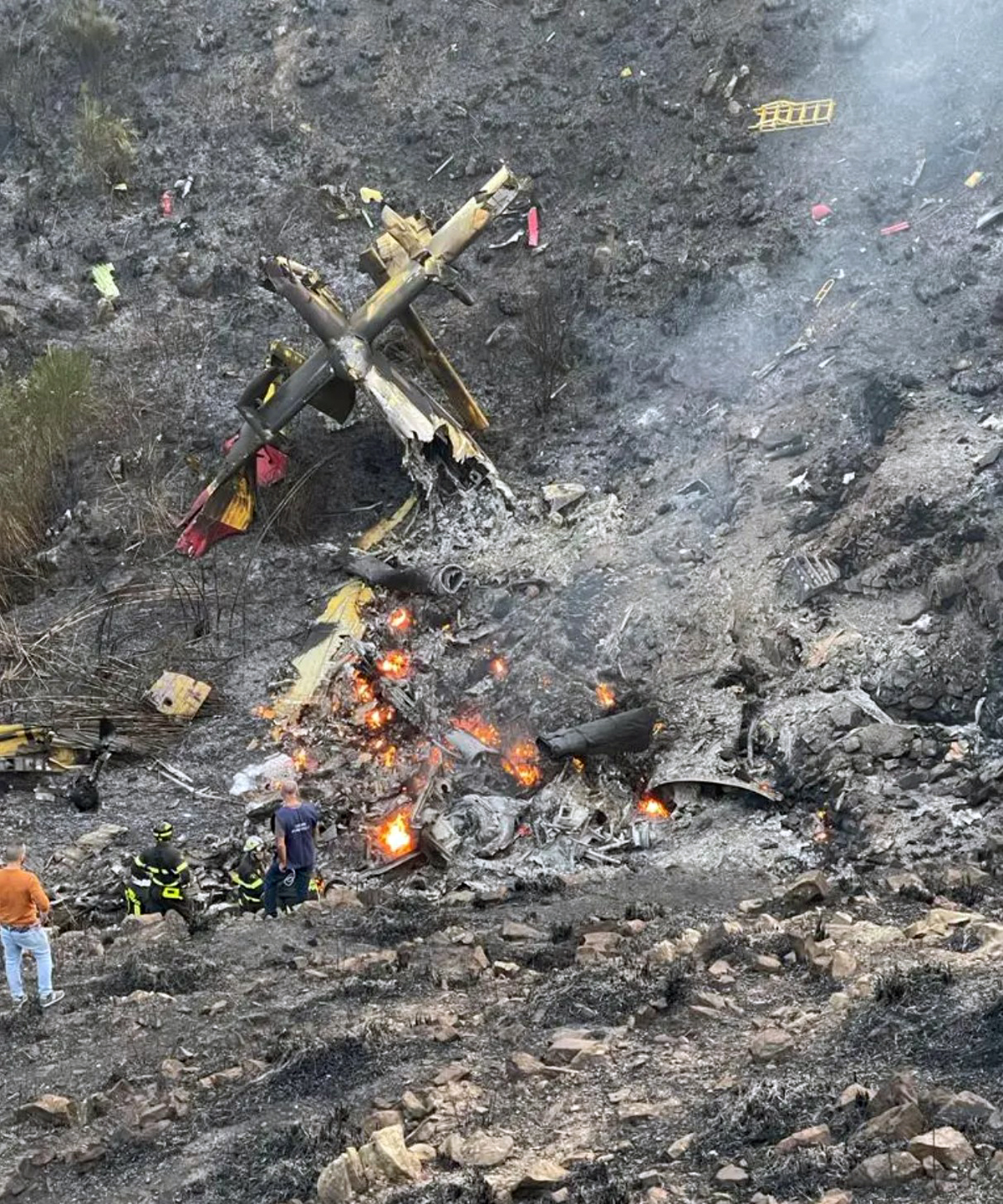

Crash of a Pilatus PC-12/47E in Milan: 8 killed
Date & Time:
Oct 3, 2021 at 1307 LT
Registration:
YR-PDV
Survivors:
No
Schedule:
Milan - Olbia
MSN:
1532
YOM:
2015
Crew on board:
1
Crew fatalities:
Pax on board:
7
Pax fatalities:
Other fatalities:
Total fatalities:
8
Captain / Total hours on type:
400.00
Aircraft flight hours:
504
Circumstances:
The single engine aircraft departed Milan-Linate Airport runway 36 at 1304LT, bound to Olbia with 8 people on board, seven passengers and one pilot. Ten seconds after takeoff, the pilot engaged the autopilot and the LNAV mode but both were disengaged about 1 minute and 40 seconds later. Instead of following the Standard Instrument Departure heading 130 after takeoff, the aircraft continued to turn to the west. Milano Area Control Center instructed the pilot to turn left heading 120 but instead, the aircraft turned right again then the altitude was stabilized. At an altitude of 5,300 feet, the aircraft entered an uncontrolled descent and crashed in a vertical attitude on an industrial building under construction and located about 1,8 km southwest of the runway 36 threshold. The aircraft disintegrated on impact and all 8 occupants were killed, among them the Romania businessman Dan Petrescu. The building suffered severe damages as well as few vehicles in the street. There were no injuries on the ground.
Probable cause:
The limitations imposed by the considerable level of destruction of the aircraft and the absence of data recorded by the LDR referable to the accident, did not allow to identify, with incontrovertible certainty, the cause of the event.
For the above reasons, it has not been possible to categorically exclude the occurrence of a failure that may have compromised the controlability of the aircraft; however, such hypothesis, on the basis of the evidence acquired, appears to be the least probable.
The cause of the event is reasonably attributable to the pilot's loss of control of the aircraft, which occurred during the execution of a SID in daytime IMC conditions, with the aircraft manually piloted.
It can be assumed that at the origin of the loss of control, there may have been a saturation of the pilot's cognitive processes, with consequent channeling of attention to the navigation system, which would have likely diverted the pilot's attention from the basic and manual conduct of the aircraft.
It cannot be excluded that a non-catastrophic technical issue may have contributed to this task saturation.
It is believed that a recurring lack of training may have contributed to the failure to control the aircraft, as well as an inadequate handling of a possible non-catastrophic technical failure
Due to the lack of flight data it was not possible to determine if the disengagement was voluntary by the pilot or caused by a failure.
For the above reasons, it has not been possible to categorically exclude the occurrence of a failure that may have compromised the controlability of the aircraft; however, such hypothesis, on the basis of the evidence acquired, appears to be the least probable.
The cause of the event is reasonably attributable to the pilot's loss of control of the aircraft, which occurred during the execution of a SID in daytime IMC conditions, with the aircraft manually piloted.
It can be assumed that at the origin of the loss of control, there may have been a saturation of the pilot's cognitive processes, with consequent channeling of attention to the navigation system, which would have likely diverted the pilot's attention from the basic and manual conduct of the aircraft.
It cannot be excluded that a non-catastrophic technical issue may have contributed to this task saturation.
It is believed that a recurring lack of training may have contributed to the failure to control the aircraft, as well as an inadequate handling of a possible non-catastrophic technical failure
Due to the lack of flight data it was not possible to determine if the disengagement was voluntary by the pilot or caused by a failure.
Final Report:
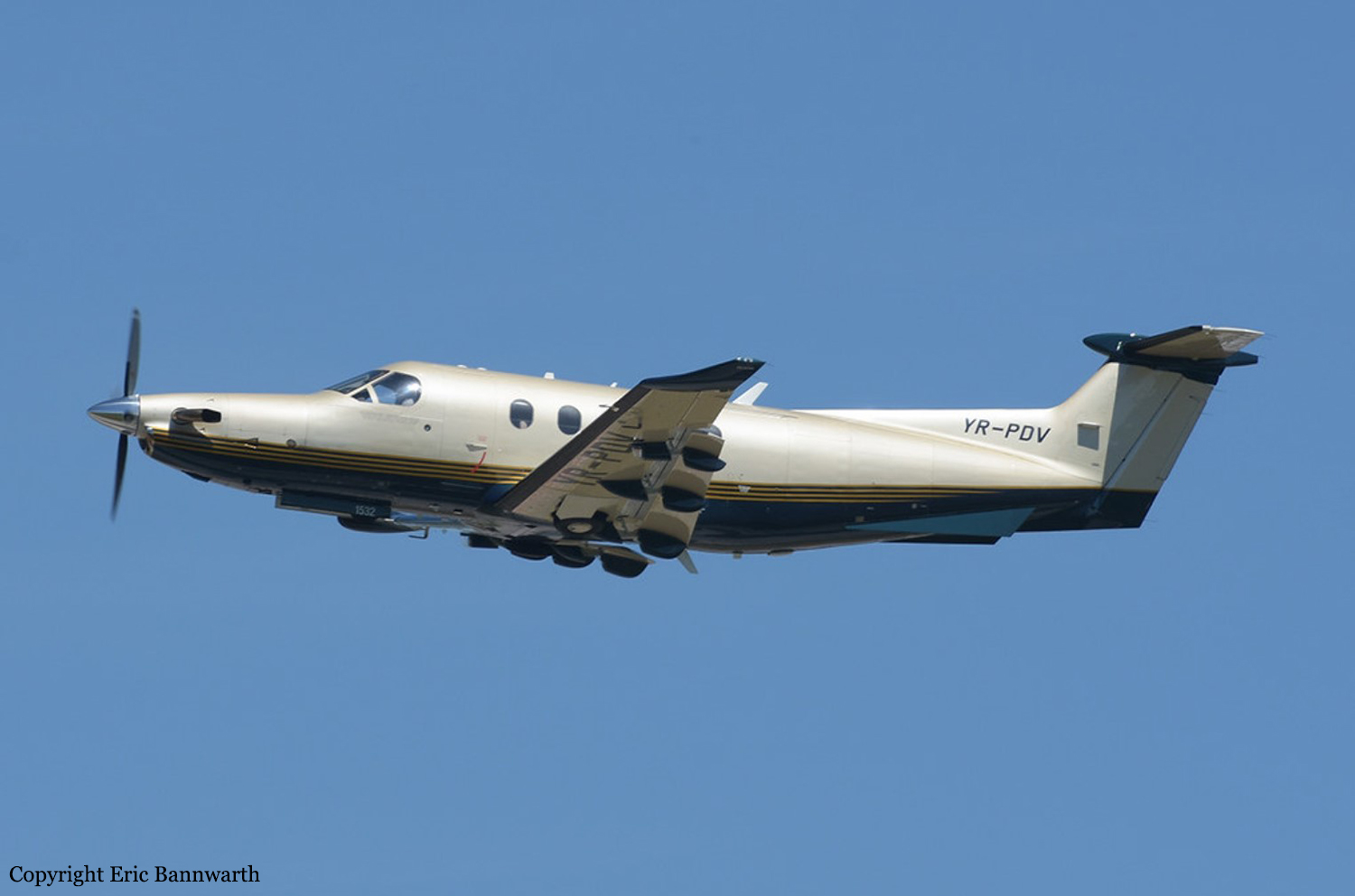
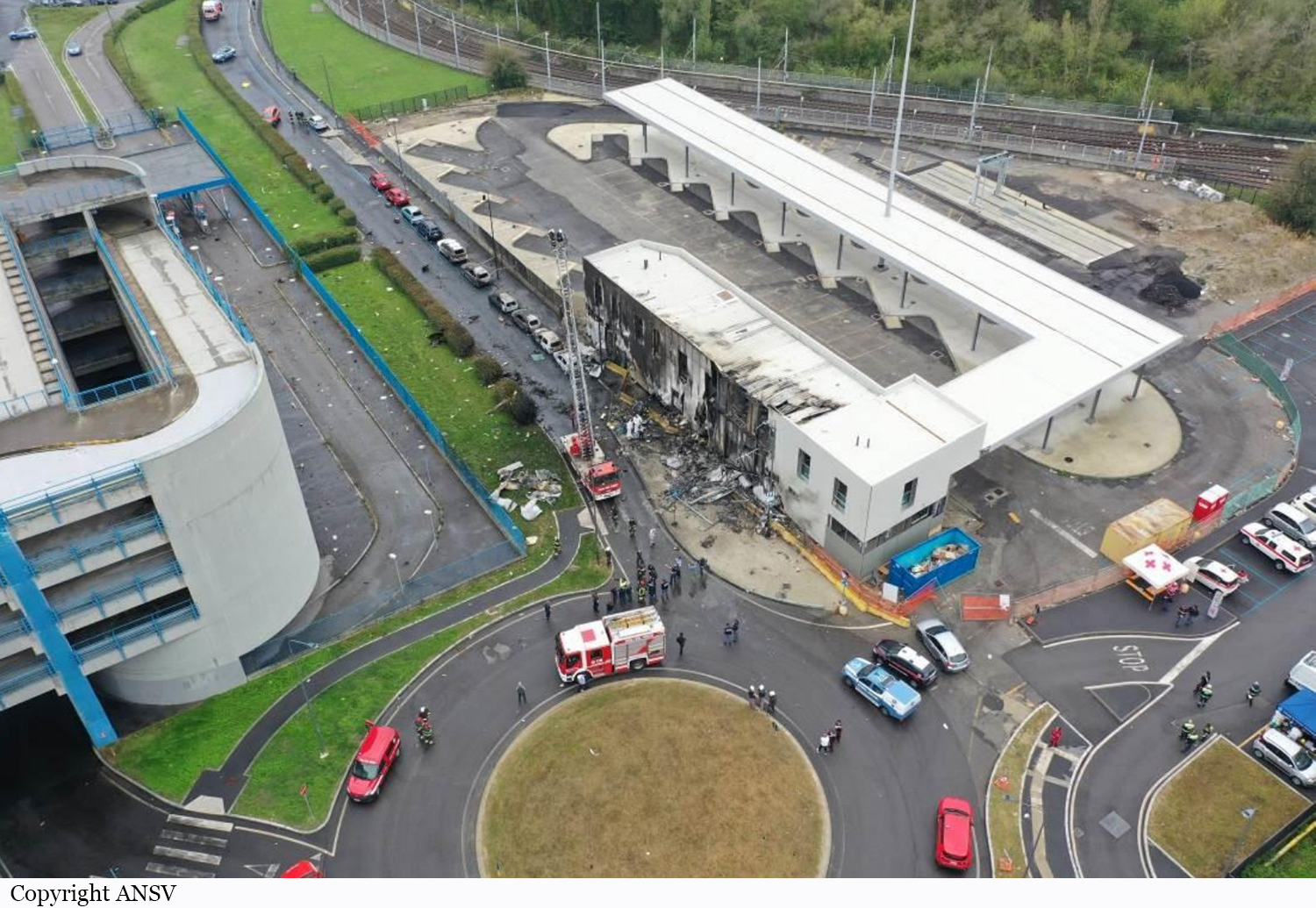
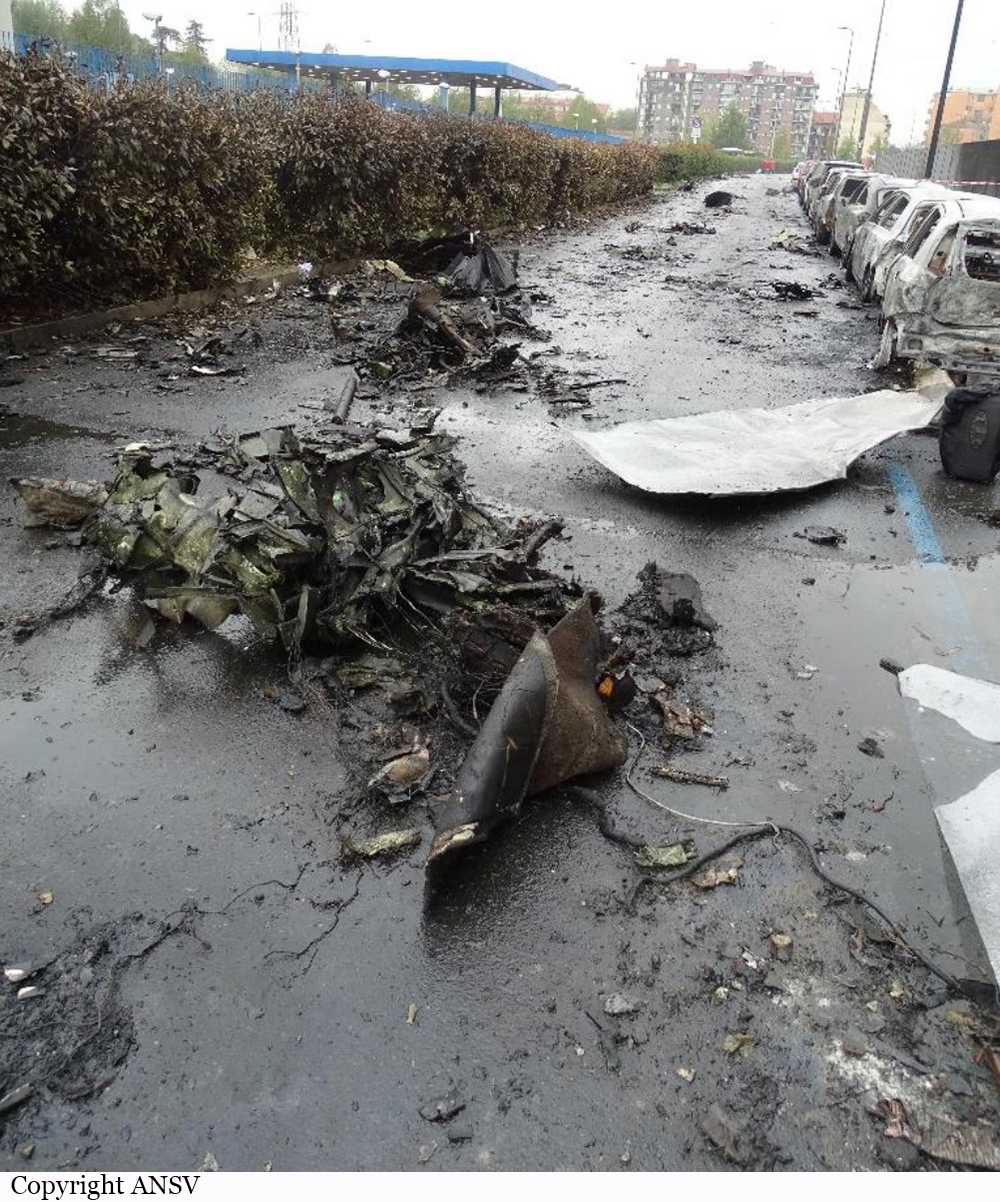
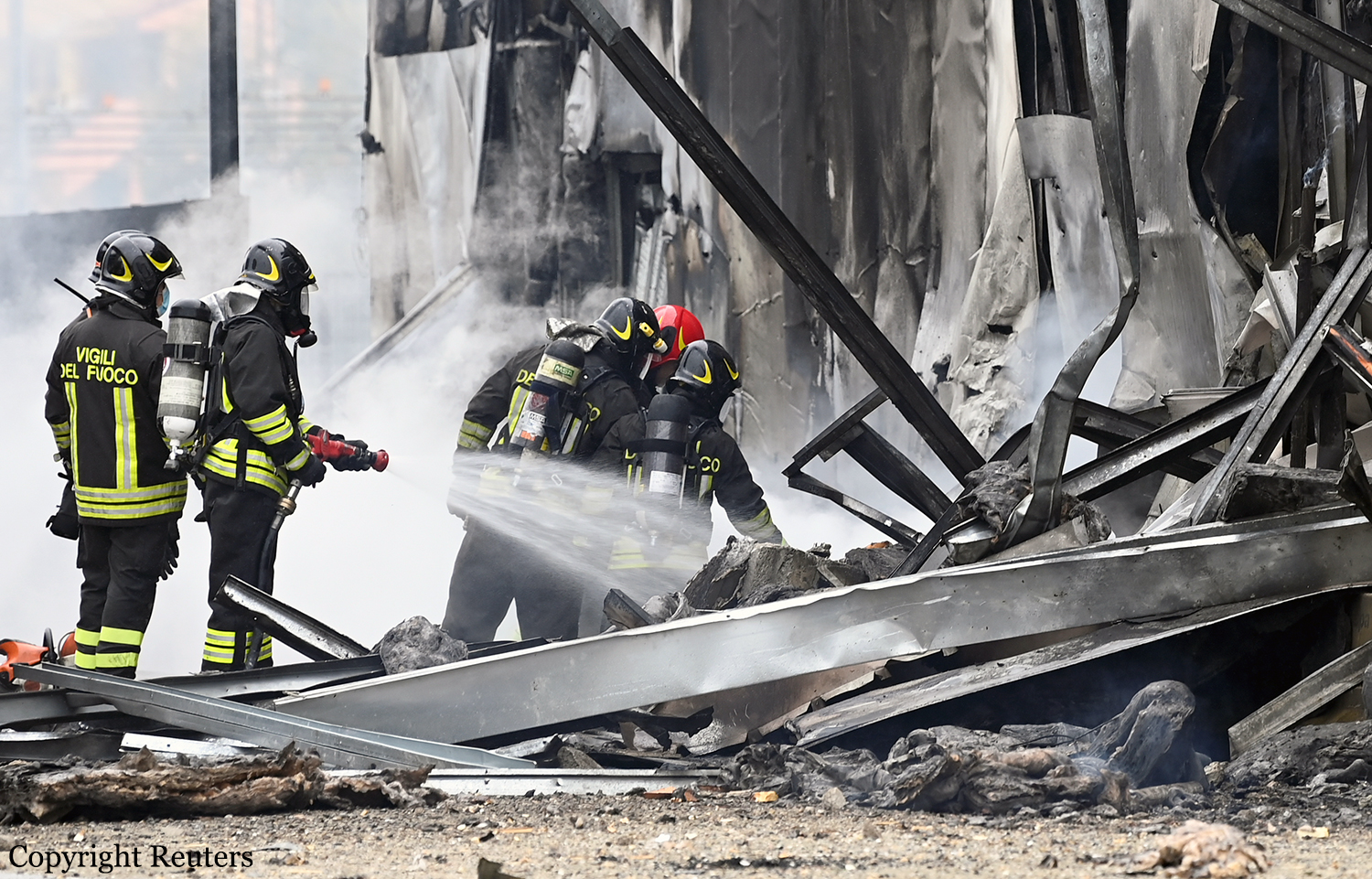
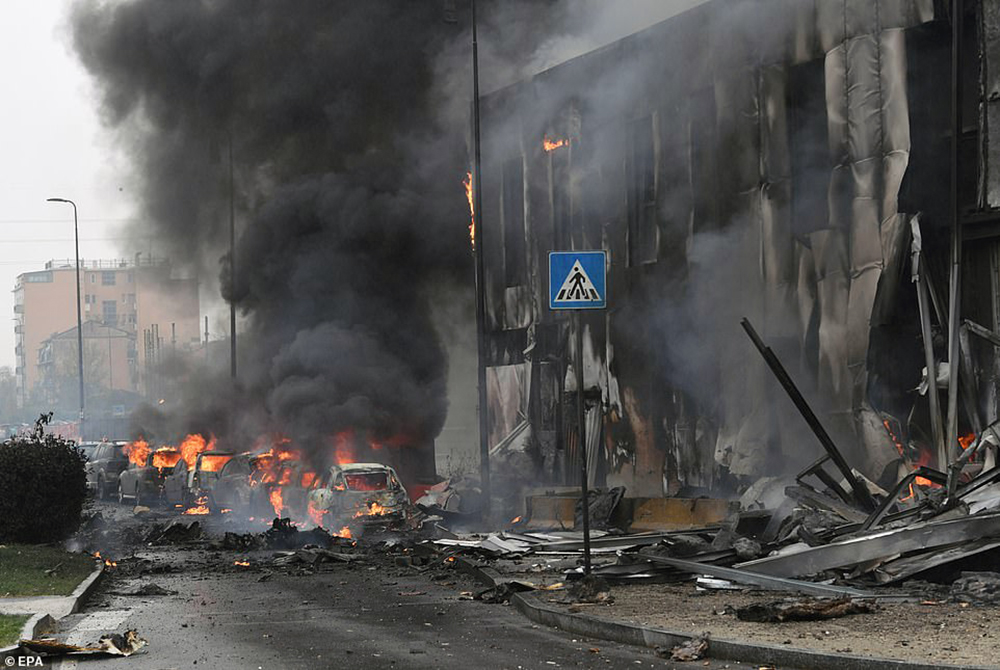
Crash of a Pilatus PC-6/B2-H4 Turbo Porter in Ravenna: 2 killed
Date & Time:
May 14, 2021 at 1140 LT
Registration:
I-HSKC
Survivors:
No
Schedule:
Ravenna - Ravenna
MSN:
779
YOM:
1977
Crew on board:
2
Crew fatalities:
Pax on board:
0
Pax fatalities:
Other fatalities:
Total fatalities:
2
Circumstances:
The crew departed Ravenna-La Spreta Airport in the morning on a local training flight consisting of a licence renewal for one of the pilots. En route, in unclear circumstances, the single engine aircraft went out of control and crashed at the bottom of a building located about 1,400 metres south of the airfield. The aircraft was totally destroyed by impact forces and a post crash fire and both occupants were killed.

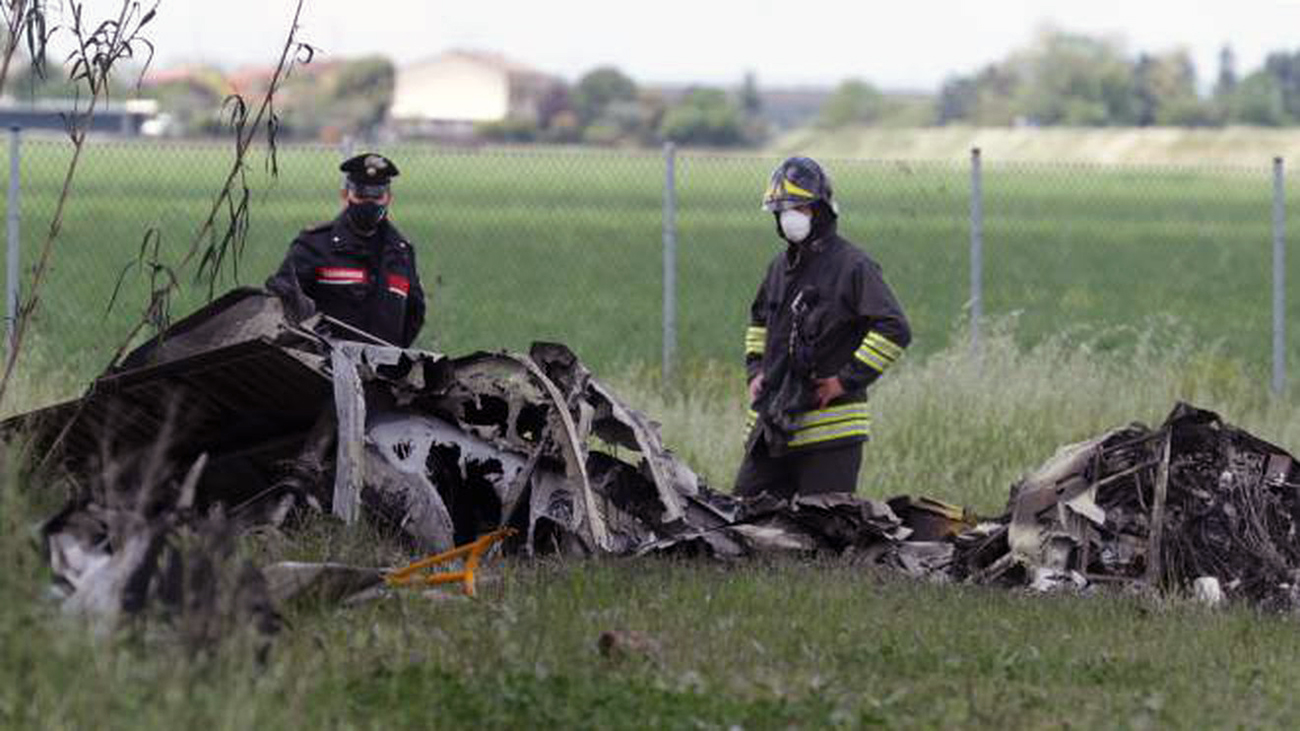
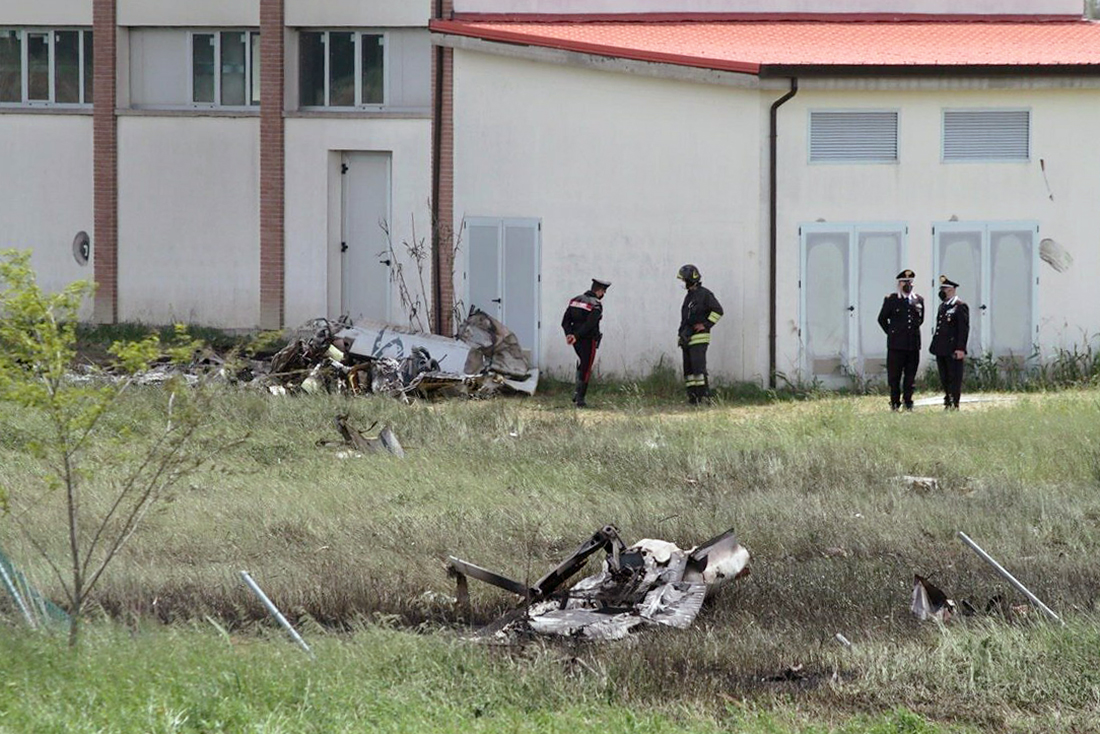
Crash of a Pilatus PC-6/B2-H4 Turbo Porter in Livrasco: 2 killed
Date & Time:
Sep 20, 2020 at 0949 LT
Registration:
T7-SKY
Survivors:
Yes
Schedule:
Cremona - Cremona
MSN:
902
YOM:
1993
Crew on board:
1
Crew fatalities:
Pax on board:
8
Pax fatalities:
Other fatalities:
Total fatalities:
2
Captain / Total hours on type:
2500.00
Aircraft flight hours:
4920
Circumstances:
The single engine airplane departed Cremona-Migliaro Airport in the morning on a local skydiving flight, carrying eight skydivers and one pilot. This was the second sortie of the day. Once the altitude of 4,000 metres was reached, all eight skydivers successfully jumped out and the pilot started the descent to return to the airport. While descending to runway 11, the airplane collided with the eighth skydivers that hit the left wing and the vertical stabilizer. A large section of the left wing separated, causing the airplane to enter an uncontrolled descent and to crash in a cornfield located in Livrasco, about two km north of the airport. The pilot and the skydiver were killed. The airplane was totally destroyed.
Probable cause:
The cause of the accident was an in-flight collision between the Pilatus PC-6 descending and a free-falling track-suit parachutist. This collision resulted in a loss of control of the aircraft in flight and the destruction of the left wing of the aircraft, which fell to the ground uncontrolled.
The following factors contributed to the accident:
- Inadequate coordination between pilot and parachutist in relation to their respective descent and drift paths,
- The meteorological conditions at the time of the parachutist's exit from the aircraft, which took place in cloud and in the absence of visual contact with the ground, in a situation, therefore, incompatible with VFR flight rules and ENAC regulations for parachuting,
- The absence of codified procedures at the Italian level, integrating the procedures for jumps with those of aircraft operators used for parachute jumps, including deconfliction between descending aircraft and parachutists performing drift or wingsuit jumps.
The inadequate coordination between the pilot and parachutist in relation to their respective descent and drift paths could also be attributable to the absence of a responsible person to ensure that the above mentioned coordination was in place. In addition to the above mentioned criticalities, the ANSV investigation activity revealed, also in the present case, a general lack of rules and controls regarding parachuting activities carried out outside of training activities, which reasonably contributed to the occurrence of the investigated aircraft accidents.
The following factors contributed to the accident:
- Inadequate coordination between pilot and parachutist in relation to their respective descent and drift paths,
- The meteorological conditions at the time of the parachutist's exit from the aircraft, which took place in cloud and in the absence of visual contact with the ground, in a situation, therefore, incompatible with VFR flight rules and ENAC regulations for parachuting,
- The absence of codified procedures at the Italian level, integrating the procedures for jumps with those of aircraft operators used for parachute jumps, including deconfliction between descending aircraft and parachutists performing drift or wingsuit jumps.
The inadequate coordination between the pilot and parachutist in relation to their respective descent and drift paths could also be attributable to the absence of a responsible person to ensure that the above mentioned coordination was in place. In addition to the above mentioned criticalities, the ANSV investigation activity revealed, also in the present case, a general lack of rules and controls regarding parachuting activities carried out outside of training activities, which reasonably contributed to the occurrence of the investigated aircraft accidents.
Final Report:
